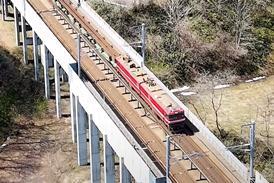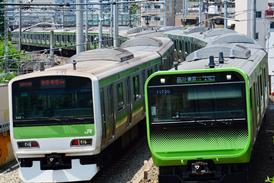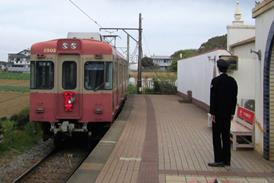Close menu
- Home
-
News
- Back to parent navigation item
- News
- Traction and rolling stock
- Passenger
- High speed
- Freight
- Infrastructure
- Policy
- Technology
- Ticketing
- Business
- Research, training and skills
- Accessibility and inclusion
- People
- Urban rail news
- Suburban and commuter rail
- Metro
- Light rail and tram
- Monorail and peoplemover
- Regions
- InnoTrans
- In depth
- Events
- Data
- Maps
- Tenders & Jobs
- Sponsored content
- Insights
Toronto turns the clock back
By Railway Gazette International1997-09-01T10:00:00
INTRO: On July 27 Toronto Transit Commission officially opened its Spadina Avenue light rail extension. William D Middleton was there Chinese dragon dancers, a festival atmosphere the length of lower Spadina Avenue and an estimated 32000 riders were all at hand when the Toronto Transportation Commission celebrated the opening of ...
Already have an account? LOG IN
To continue…
You’ve reached your limit of content for the month














